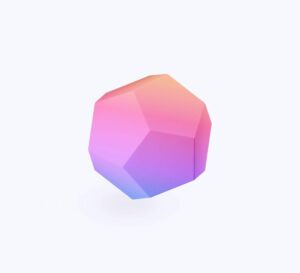IoT (Internet of Things) refers to a network of physical devices embedded with sensors, software, and connectivity that enables them to collect and exchange data. These devices range from smart home gadgets to industrial sensors. When connected, they create a system that can monitor, analyze, and act on data in real-time. In short, IoT makes everyday objects smarter and more responsive.
Key Characteristics of IoT (Internet of Things)
Connectivity: IoT devices link to networks through Wi-Fi, Bluetooth, or cellular connections. As a result, they can share data across platforms.
Automation: Devices can perform tasks without human input. This feature leads to improved efficiency and speed.
Real-Time Data: Sensors collect data instantly, allowing for immediate responses and insights.
Integration: IoT systems often connect with cloud platforms or other technologies. Consequently, this enhances data processing and storage.
Scalability: IoT networks can grow to include thousands of devices. This makes them suitable for both small homes and large enterprises.
Applications of IoT (Internet of Things)
Smart Homes: Devices like thermostats, lights, and locks adapt to user behavior and preferences.
Healthcare: Wearable devices monitor patient vitals and send alerts to caregivers.
Manufacturing: Sensors track equipment performance and predict maintenance needs, reducing downtime.
Transportation: IoT systems help optimize traffic flow and vehicle performance.
Retail: Inventory systems use IoT to manage stock and improve customer experience.
Why IoT (Internet of Things) Matters
IoT improves decision-making, efficiency, and convenience in everyday life and industry. Moreover, it enables automation at scale, reducing human error and enhancing productivity. However, strong data security and privacy measures are essential to prevent misuse.



